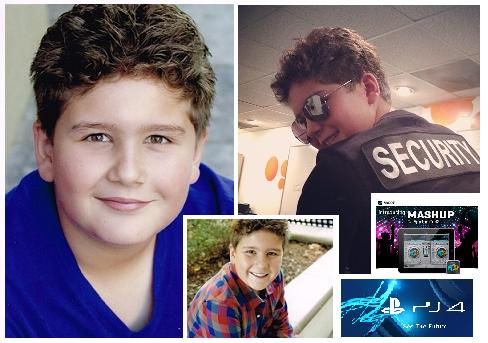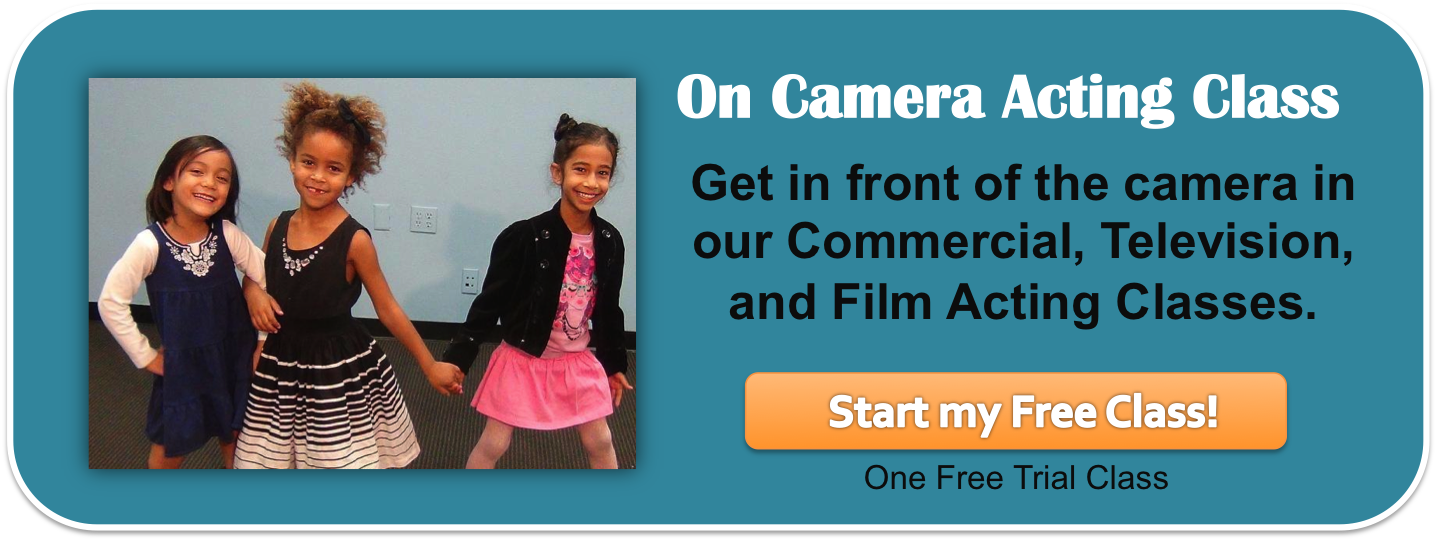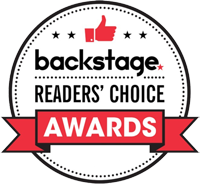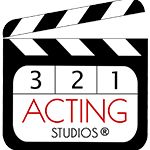Castability: How to Find Your Actor Type
In the world of TV and Film, as talented and versatile as you are, when it comes to on-camera acting, you have a type, and likely more than one. How do you find your actor type? An actor’s type is the range of characters that actor can reliably play. Of course you can play roles beyond your “type,” and you may get cast against type once in a while. When it comes to deciding on headshots or which auditions to prioritize, you want better than once-in-a-while odds on landing the role. Knowing your acting type will get you cast and help keep you working.
Your type is not what you are. Your type is what you look like you might be.
What do I mean?
Your physical appearance is a big part of your type. Kids who are tall for their age tend to be cast older than they are. Likewise, smaller sized actors of all ages are often cast younger. The blonde pretty girl may play the silly blonde cheerleader. If the blonde pretty actress gets cast to play the silly blonde cheerleader often, this is called “type-casting” which means to cast an actor in a part calling for the same characteristics as those possessed by the performer. One of our acting coaches, the extraordinary and talented Brittany Ross (above), has enjoyed great success by knowing her types.
Can Brittany do more than play these types? Of course! She is a talented, trained, industrious and uniquely gifted actress who brings her best to every role. An actor’s type is not a limit. It is a tool, and knowing yours can go a long way to making sure your efforts in pursuing your acting goals are rewarded.
One of my students, Clayton, is big for his age. After he showcased and signed with a talent agent, his agent thought he would do best at first as a bully type and sent him out for bully-type roles. He brought his best to every audition, and casting directors saw his personality and skills. Yes, he was cast as a tough, pint-sized bouncer. He was also cast as the bullied-kid-who-overcomes (check out Clayton’s experience and interview here). Clayton continues to train in acting classes for kids in Los Angeles to develop his skills and expand the types of characters he can reliably play.
I highly recommend embracing your types. Take advantage of type-casting, especially at the beginning of your career. At our acting school in Los Angeles we help our students determine the types of acting roles they will most likely play. You can and will branch out and play against type as your career earning power evolves.
For young actors and parents of child actors, apparent age is a key factor in figuring out which acting type to go after. Taking a look at a young actor’s peers or classmates is a great way to help determine your (or your child’s) apparent age. Children who are a foot taller than the rest of their classmates can expect to be misidentified as older by other people. Boys and girls of average height can still seem older or younger than their peers if they are soft featured (“baby-faced”), have higher or lower sounding voices, or more or less musculature (slight vs. “filled-out”).
Actor Tom Welling, famous for playing the part of young Superman on CW’s network “Smallville”, was 24 years old when he was cast to play a 14 year-old high school freshman. Tom was a good 10 years older than the character he was cast to play. It helped that he had a softer look (at least to his face). It also helped that he was playing a high school freshman who secretly happened to be Superman, so his height and physicality fit the role even though his actual age was well outside the range of a high schooler.
Ethnicity, or apparent ethnicity, is also a part of your actor type. You’re most likely to be cast in roles of the ethnicity you appear to be. Ethnic Latinos who are fair, blonde and blue-eyed may be passed over for roles calling for Hispanics. You may be cast as a completely different ethnicity. I know Korean actors who keep getting cast as Native Americans. And very common now is the call for “ethnically ambiguous” actors for roles representing characters of a combined or indeterminate ethnic and cultural heritage. After all, what does a male alien orphan from Krypton look like, anyway? According to casting directors for the CW’s Smallville, he looks like Tom Welling.
Some of the nicest people you’ll ever meet play the bullies, bad guys and serial killers. As soon as they appear on screen, their physicality and attitude tell us they’re bad news. On the other hand, I’ve worked with actors who can’t for the life of them appear mean. Why? Again, it’s appearance, but with the addition of attitude, what we do with our faces, voices, and movement. What makes one person walking down a dark alley seem like a victim while another person walking that same alley seems creepy? What makes one kid in an acting class seem arrogant while another seems shy?
Attitude.
When it comes to understanding your apparent attitude, you need to learn how people around you see you. We have an improvisation exercise here at 3-2-1- Acting School in Los Angeles called, “I See You As.” One class member stands in the middle of a circle and one by one faces each actor and comments with, “I see you as…friendly, angry, shy,” etc. Our acting students love this game and gain lots of insight on how they appear to others and how changes in attitude, posture and expression affects what other people see.
Embrace your actor type. Knowing this will help you focus your time and resources.
Good headshots emphasize the types you fit best and help casting directors see you in the role they’re casting before you even get to the audition. Remember, it’s not just your physical appearance, but your attitude that comprises an actor type. Whatever they see in the headshot is what they want to see in the audition. So if you sent your moody-brooding look to a project, make sure that’s the attitude you bring through the door. If you submitted your best smile, flash those pearly whites.
If the same casting directors have you back for more auditions, even if you’re not getting hired right away, congratulations! They like you. They like what you’re doing in your auditions. They’re figuring out your types. And they’re looking for what roles will be the best fit.
When you look at scripts or breakdowns, you’ll notice the kinds of words that are used to describe different roles. These descriptive adjectives and dynamic nouns can also help you figure out where you best fit. Knowing your types will especially help you make your self-submissions more targeted, effective and successful.
To get started determining your type, think of words that describe you. Ask your friends to describe you in four words. Make a list. Or take a look at this great list (FREE downloadable PDF) to help get you going. The better you know your types the better able you’ll be able to bring those characteristics out in your auditions where casting directors (and directors!) can see them. So if you are playing the bully, the silly blonde cheerleader, the bad guy, the teacher’s pet, enjoy the role, after all you get to do what you love, act!
image credits: brittany-ross.com
Related posts:















